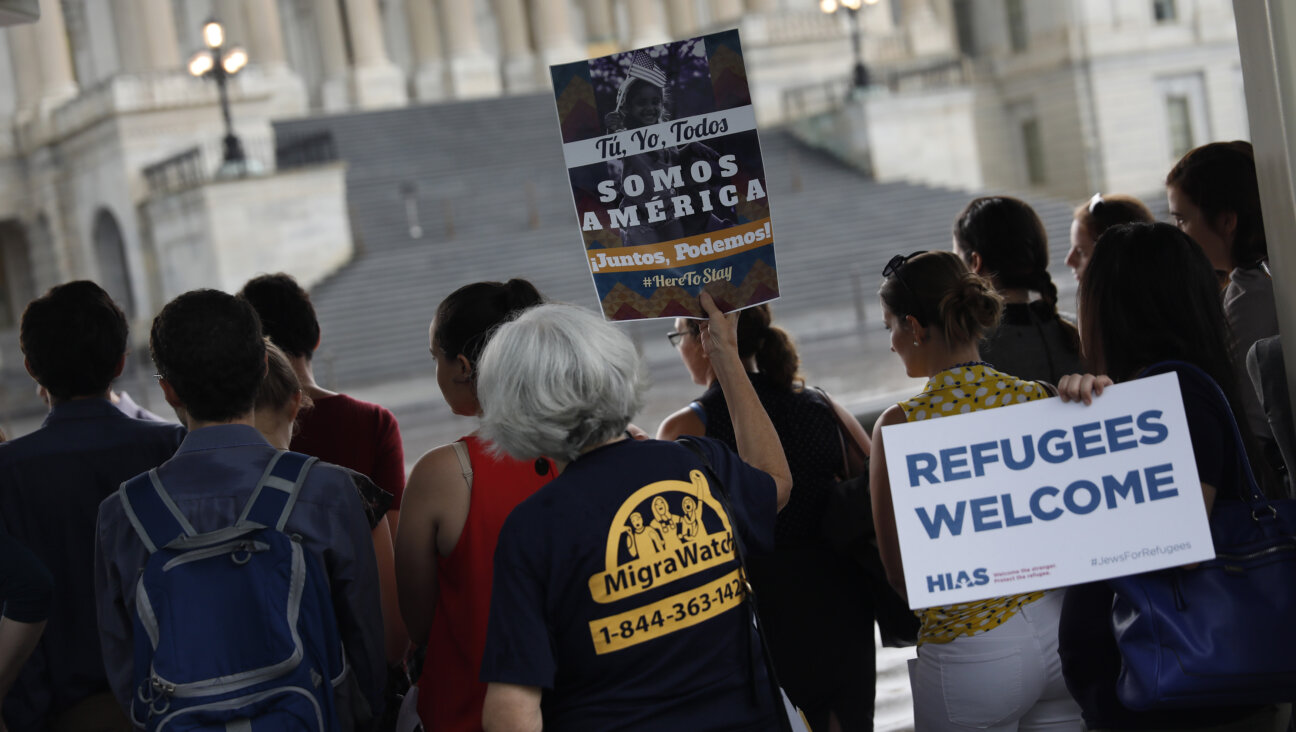Few Complications With Circumcision of Infants
There are few reported complications after boys are circumcised during their first year of life, but the risk rises considerably if the procedure is performed later in childhood, according to a new analysis published on Monday.
Previous research found wide variations in the rates of complications following male circumcisions. Those studies were often small and based on patients from a single hospital.
For the new study, published Monday in JAMA Pediatrics, researchers used data from U.S. insurance claims for babies younger than one year old, children between ages one year and nine years and older children 10 years and older. The findings do not include children who underwent ritual circumcisions in a non-medical setting.
Overall, the researchers had data on more than 1.4 million circumcised males. The vast majority were newborns.
“This is what we found about the risks of circumcision,” said Charbel El Bcheraoui, the study’s lead author from the University of Washington in Seattle. “It’s low overall, but it increases with age at circumcision.”
About 0.4 percent of boys experienced circumcision complications when the procedure was performed within the first year of life. The risk increased about 20-fold among boys between one year and nine years of age. It was 10-fold higher among males 10 years old and older, compared with infants.
“What we assume is it’s probably because between one and 10 years of age is the age when caring after procedure is the most complicated,” Bcheraoui said.
Circumcision, or removing the foreskin from the penis, is a ritual obligation for infant Jewish boys and is also a common rite among Muslims, who account for the largest share of circumcised men worldwide.
The wider U.S. population adopted the practice due to potential health benefits, such as reducing the risk of urinary tract infections in infants and cutting the risk of sexually transmitted disease later in life, including HIV.
But the practice has been the focus of heated debate, including efforts to ban it in San Francisco and Germany. The rate of circumcisions performed on newborns in U.S. hospitals has dropped over the last three decades.
The American Academy of Pediatrics updated its recommendations in 2012 to say the benefits of male circumcision justify families having access to the procedure if they choose.
According to the JAMA Pediatrics study, about 0.5 percent of the procedures ended with some type of adverse event regardless of age, but the rates for specific complications varied.
Damage to the urethra occurred in about 0.8 per 1 million circumcisions. Leaving behind too much foreskin occurred in about 702 per 1 million circumcisions.
The researchers note that some complications might not have been picked up because they were reviewing claims data on problems that typically occurred within the first month following the circumcisions.
A message from our Publisher & CEO Rachel Fishman Feddersen

I hope you appreciated this article. Before you go, I’d like to ask you to please support the Forward’s award-winning, nonprofit journalism so that we can be prepared for whatever news 2025 brings.
At a time when other newsrooms are closing or cutting back, the Forward has removed its paywall and invested additional resources to report on the ground from Israel and around the U.S. on the impact of the war, rising antisemitism and polarized discourse.
Readers like you make it all possible. Support our work by becoming a Forward Member and connect with our journalism and your community.
— Rachel Fishman Feddersen, Publisher and CEO























